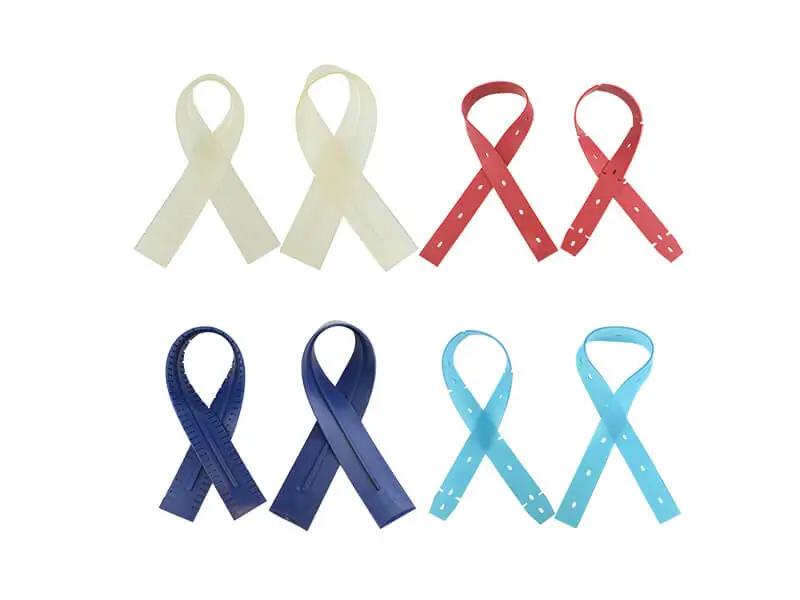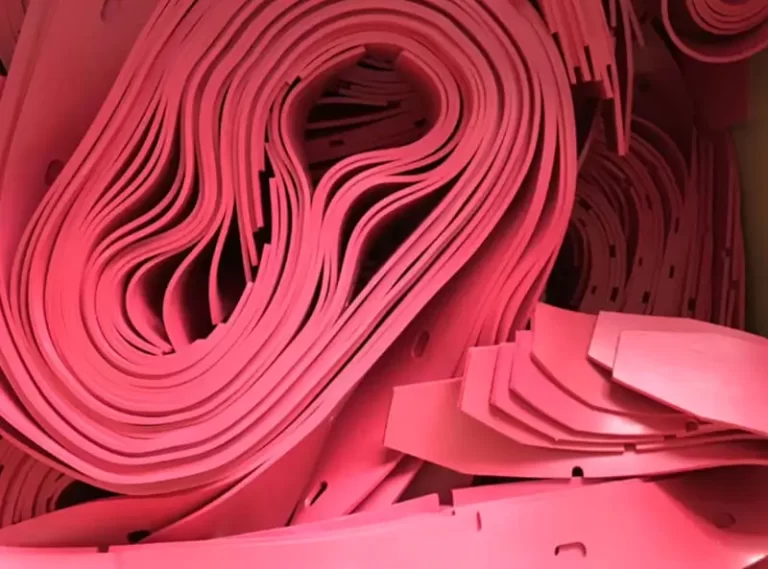What is the material used for automatic floor scrubber squeegee blades?
Functions and Components of Floor Scrubbers:
Automatic floor scrubbers, essential tools in cleaning operations, are generally categorized into walk-behind and ride-on types. Their efficiency and effectiveness are widely acknowledged. However, the performance of scrubber components greatly determines the cleaning results and efficiency. The squeegee blade, as one of the most wear-prone parts, plays a crucial role. Its sealing, wear resistance, and other properties directly impact the cleaning quality, efficiency, and floor drying speed of the scrubber. This raises several questions: What material is used for floor scrubber squeegee blades? What are the common materials? And what material is needed for different environments and requirements? Let’s answer these questions.

Functions and Impact of Scrubber Squeegee Blades:
The primary function of scrubber squeegee blades is to form a sealed space at the scrubber’s rear, swiftly removing dirty water cleaned from the floor to ensure cleanliness and dryness. High-quality squeegee blades prevent the need for repeated scrubbing in the same area, significantly enhancing cleaning efficiency, reducing operation time, and lowering the risk of operator slips, thereby improving safety. Therefore, the choice of material for squeegee blades is especially crucial.
What are the Common Materials for Scrubber Squeegee Blades?
- Natural Rubber: There are two types of natural rubber blades. One is made directly from natural latex, usually translucent and light yellow. This type is softer and less durable, suitable only for smooth floors, and has poor oil and chemical resistance. The other, composed of 95% natural rubber and additives, boasts exceptional wear, tear, and chemical resistance, making it the best for wet scrubbing environments, except in oil-rich settings. This type is typically red, medium in firmness, but not all red blades are of this high quality. The color of rubber can be easily altered, but its superior performance is hard to replicate. Not many factories can produce this red wear-resistant rubber blade; Linatex and DEF Rubber are notable producers. Linatex, the original manufacturer of this red rubber blade, is well-known in the industry, making “linatex rubber” synonymous with this type of rubber, though it’s one of the most expensive. DEF Rubber, through independent research and development, produces red natural wear-resistant rubber blades comparable in quality to Linatex, but at a more competitive price, making them a popular alternative.
- Polyurethane Rubber: Polyurethane rubber blades replace natural rubber in oil-rich environments where natural rubber swells and degrades. Polyurethane offers excellent overall performance, especially in oil and chemical resistance, and is typically semi-translucent blue. DEF Rubber’s polyurethane blades are equally outstanding and cost-effective, making them an ideal choice for bulk purchases. DEF Rubber manufactures both highly used rubber materials for floor scrubber blades.
- Silicone: Silicone is less commonly used in scrubber blades due to inferior wear resistance compared to rubber. However, its high-temperature resistance makes it suitable for special applications.
Factors to Consider When Choosing Scrubber Blade Material:
- Wear Resistance: Direct contact with the floor means wear resistance is paramount. Red high-quality wear-resistant natural rubber and polyurethane rubber excel in this aspect.
- Chemical Resistance: The addition of various cleaning agents and disinfectants in scrubber use makes chemical resistance crucial. For oil-rich or chemical-intensive areas, polyurethane rubber is the best choice.
- Environmental Adaptability: Though scrubbers are rarely used in extreme temperatures, silicone blades with exceptional high-temperature resistance can meet specific needs.
- Safety and Environmental Considerations: In food processing and medical environments, non-toxic, eco-friendly materials are essential. Food-grade rubber or silicone might be required for high hygiene standards.
In summary, the material of squeegee blades significantly affects the overall performance of floor scrubbers. When choosing the right material, consider the scrubber’s operating environment, durability, cost, safety, and environmental impact. Understanding the characteristics and appropriate applications of different materials can help select the most suitable squeegee blades, not only improving cleaning efficiency and reducing costs but also extending equipment lifespan and safety. If you’re uncertain about the best material for your needs, contact DEF Rubber for professional advice.





